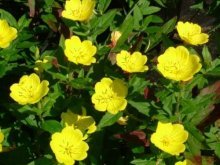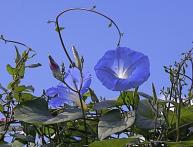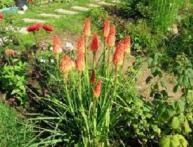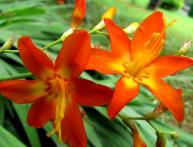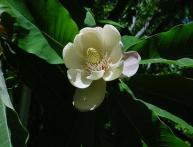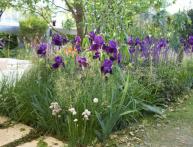Evening primrose perennial, history of appearance in Europe, description, planting of evening primrose
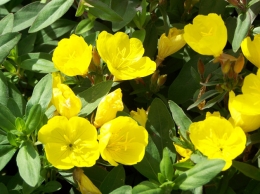
Evening primrose is an unusual plant that attracts the attention of gardeners with several of its wonderful properties. properties. The perennial evening primrose will help resolve issues with landscaping and arrangement of flower beds and home areas. Let's try to understand the features of this garden plant.
Content:
- Evening primrose history of appearance in Europe
- Description of perennial evening primrose
- Where and how to plant perennial evening primrose
Evening primrose history of appearance in Europe
When Europeans discovered and began to develop the American continent, many Pioneers brought various plants to their homeland. Thus, potatoes, tomatoes and tobacco appeared in European countries and over time took root. Flowers from the genus Evening primrose appeared in the same way. It is noteworthy that evening primrose, brought from North America in the second half of the 17th century, very quickly settled in Europe and immediately went wild.
This is due to the fact that the seeds that ripen in early autumn are very attractive to many insects, including ants, which carry them considerable distances from the mother bush. It should be said that evening primrose also served botanical science. Once, back at the end of the 19th century, while walking in the vicinity of Amsterdam, the Dutch botanist Hugo De Vries noticed wild aspen thickets.
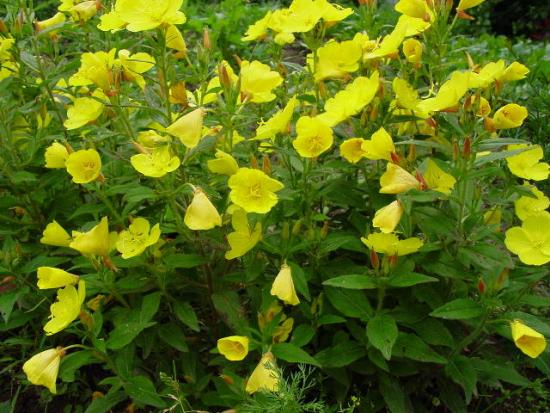
Over the course of ten years, he examined more than fifty thousand specimens of evening primrose.It turned out that approximately 1.5% of all specimens had characteristics that were unusual for the original forms. There was variability that occurred in a very short period of time. The term mutation was introduced by H. De Vries precisely after studying evening primrose and publishing a two-volume scientific work in 1901 - 1903. Thus, the evening primrose plant has served botany and genetics.
Description of perennial evening primrose
The genus Evening primrose is quite numerous, it includes about a hundred species of plants from the fireweed family. Most of them are annual, biennial or perennial herbaceous, shrub or semi-shrub forms. Root the plant has a taproot, there are species in which it grows in the rhizome. Biennial evening primrose has a root that is used as food; such evening primrose is bred as a vegetable crop and is called rapontica.
The leaves are simple with a whole edge or pinnately dissected. Flowers with four petals. Placed singly or collected in inflorescences. Almost all species open their flowers in the evening and the petals instantly unfold right before the eyes of the observer. With such rapid opening of the buds, a light pop is heard. In just a few seconds, the entire bush is covered with flowers.
The color of the flowers is predominantly bright yellow, lemon, although there are species and bred varieties with white or pink flowers. The fruit is polyspermous. From seeds Aspen biennial oil is obtained for the cosmetic industry. Evening primrose is a perennial garden plant that has been grown since the second half of the 18th century.
Evening primrose by video:
It is a perennial herbaceous plant. Evening primrose is a perennial, most often low-growing, ground cover plant. The height of its varieties does not exceed 25 - 35 cm.Many varieties are very decorative; when the buds are open, leaves and stems are almost invisible. Unlike the perennial low-growing evening primrose, there are species of primrose that can be up to 2.0 m in height.
The flowers of the perennial evening primrose are yellow, 1.5 - 2.0 cm in diameter. Flowering begins in the second ten days of July, the flowering period is from three to six weeks. Unlike other types of evening primrose, the perennial opens its flowers during the day, so those who like to contemplate unusual flowers in the light of day can recommend this particular type of evening primrose. The plant is prone to self-seeding and spreading throughout the site and beyond. Evening primrose is a perennial plant that is quite unpretentious and has special skills in growing does not require.
Where and how to plant perennial evening primrose
Considering that the plant has very good resistance to low temperatures and is undemanding to moisture and soil composition, it is quite easy to find a place for it in the garden. A place well lit by the sun or very small and short-term shading during the day is suitable. It is advisable that the site be oriented to the south.
The soil is loose and quite light. It is best if it is loamy or sandy loam soil, with a neutral or close to neutral environment, with moderate moisture. It is advisable to prepare the soil for planting in advance:
- remove weeds and plant debris from the site
- dig up the soil with a spade bayonet
- simultaneously with digging, add humus, three kg per square meter. meter
- moisten the soil a day before planting
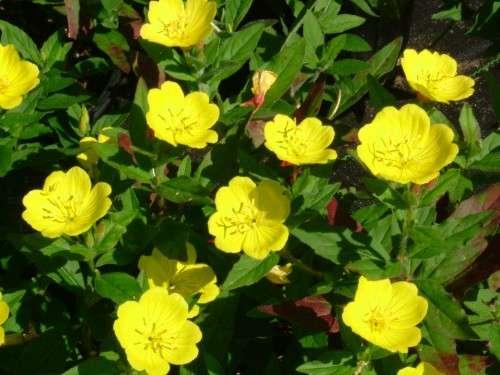
When planting perennial evening primrose on heavy, wet soils you need to take care of drainage and removal of water while adding sand to prevent long-term standing water.When the site is ready, you can begin planting perennial evening primrose. Evening primrose is propagated in two ways:
- seeds
- dividing by bush
Seeds are planted directly into the ground. This is done in autumn or spring. When sowing, the seeds are not planted deeper than 1 - 3 mm. In the first year, only a rosette of leaves will appear. In winter it needs to be cut off completely. No additional shelter is needed. A plant planted with seeds will bloom only in the second summer.
To get flowering in the first year, you need to sow evening primrose seeds for seedlings in February, and plant young seedlings in the ground in May.
Care in the first year consists of removing weeds, watering and loosening the soil. In spring or autumn, the bushes can be divided and planted in the right place. It is important to remember that evening primrose is a perennial plant, like its other species, a plant prone to self-sowing and spreading roots.
Left unattended, it very aggressively occupies the entire neighboring space and spreads over a long distance. Therefore, when planting, it is advisable to surround the roots with any underground obstacle, and pick off the flowers immediately after they bloom, not allowing them to ripen. seeds.


